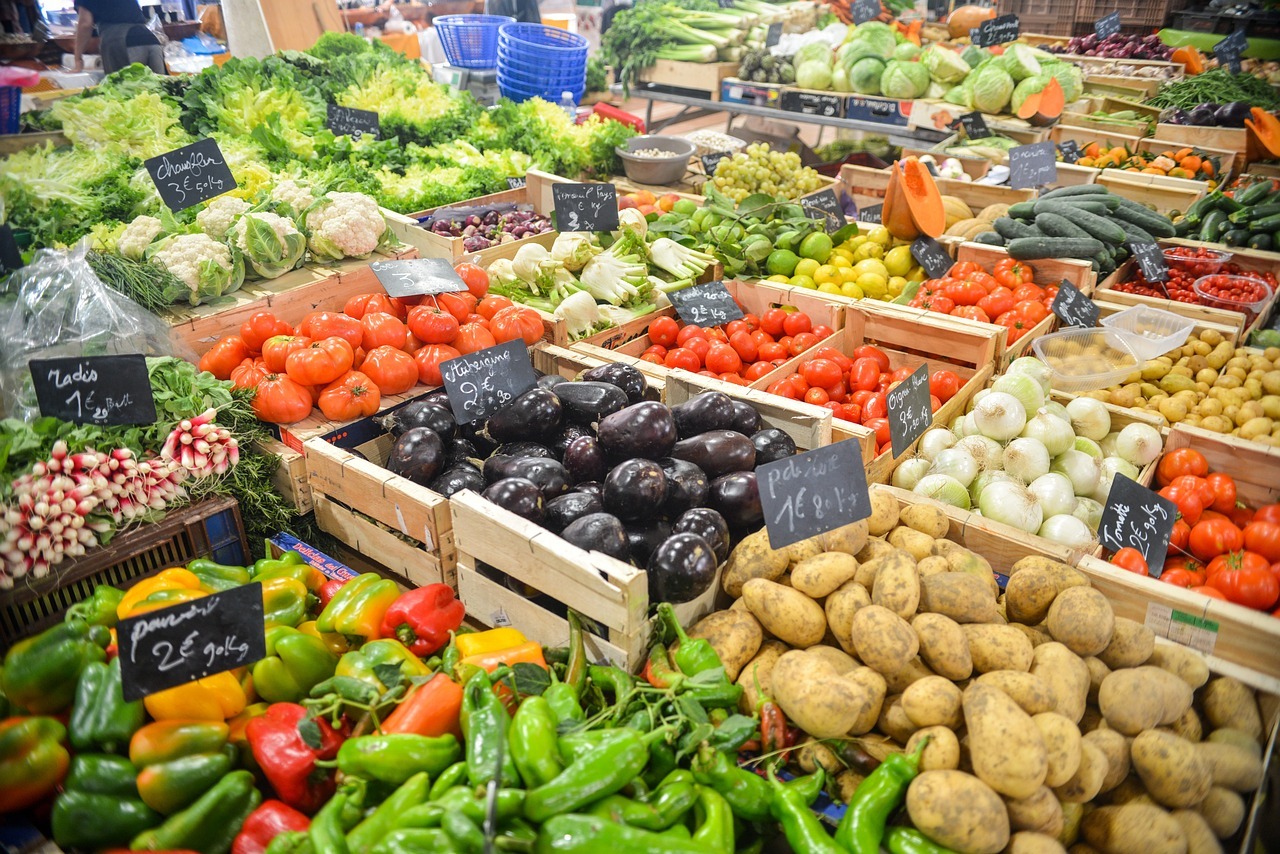The Farm-to-Table movement has been gaining momentum over the past few years. Many people are becoming more interested in where their food comes from, and how it is produced. This form of social movement is a response to this interest, and it focuses on providing consumers with access to fresh, locally sourced produce. It is a way to reconnect people with the food they eat, and to encourage a more sustainable and ethical approach to food production.
At the heart of the Farm-to-Table movement is the idea that food should be produced and consumed locally, with minimal processing and transportation. This means that farmers and producers work closely with local restaurants and markets to provide them with the freshest, most nutritious produce possible. By avoiding long-distance transport, the Farm-to-Table movement aims to reduce the carbon footprint of food production, and to support local economies.
Brief History of the Movement
The Farm-to-Table movement has its roots in the 1960s and 70s when a growing concern over the negative impacts of industrial agriculture on both human health and the environment began to gain momentum. The movement gained traction in the 1980s as chefs and restaurateurs began to seek out locally-sourced, seasonal ingredients for their menus.
In the early 2000s, celebrity chefs, food writers and restaurateurs championed the movement, bringing it to the forefront of the culinary industry. Today, consumers increasingly demand transparency and traceability in their food, leading to the proliferation of farmers markets, CSA programs, and farm-to-table restaurants. The movement not only promotes healthier eating habits but also supports small-scale farmers, preserves local food traditions and fosters a closer relationship between the producers and consumers.
The movement has since expanded beyond the restaurant industry and has become a popular trend in the food industry as a whole. The Farm-to-Table philosophy emphasizes the importance of supporting local farmers and producers, reducing food miles, and promoting sustainable and environmentally-friendly farming practices.
Today, the movement continues to grow and evolve as consumers become increasingly interested in knowing where their food comes from.
Benefits of the Farm-to-Table Movement
Health benefits
The Farm-to-Table movement has gained significant momentum in recent years, and for good reason. One of the most notable benefits of this movement is the positive impact it has on health. Farm-to-Table practices prioritize the use of fresh, locally sourced ingredients, which are often more nutrient-dense and free from harmful chemicals and preservatives. This results in meals that are not only delicious, but also promote optimal health and wellbeing.
The Farm-to-Table approach also encourages the consumption of seasonal produce, which has been shown to provide additional health benefits.
Economic benefits
This movement also helps the economy since it supports local farmers and small businesses, creating a more sustainable and resilient local commerce and trade. By sourcing food from nearby farms, restaurants and other food-related businesses can reduce transportation costs and support the production and distribution of locally grown produce.
Also, the movement can generate jobs and income for farmers and other agriculture-related industries. Supporting the farm-to-table movement also encourages consumers to shop locally and support small and medium enterprises, rather than become dependent on corporate business.
Environmental benefits
The Farm-to-Table movement also has an impact on the environment. By sourcing food locally, it eliminates the need for transportation which reduces carbon emissions. Additionally, it promotes sustainable farming practices, which reduces the use of harmful chemicals and pesticides that can harm the environment.
The Farm-to-Table Movement also supports small, local farmers who often use more environmentally-friendly farming techniques, such as crop rotation and composting.
Challenges of the Farm-to-Table Movement
While there are many benefits to this movement, there are also several challenges that must be addressed. One of the biggest challenges is the logistics of transporting fresh produce from farms to restaurants. This requires careful planning and coordination to ensure that the produce arrives at its destination in a timely and fresh manner.
Another challenge is the cost of sourcing local, organic ingredients. For restaurants, this can be a significant roadblock, as they must balance the desire to provide their customers with the best possible ingredients with the need to keep costs under control. To overcome this requires careful planning and management, as well as a commitment to finding creative solutions that allow restaurants to incorporate local and organic ingredients into their menus without breaking the bank.
Finally, there is also the challenge of educating consumers about the importance of supporting local farms and the benefits of eating fresh, healthy food.
Supporting the Farm-to-Table Movement
Supporting the farm-to-table movement is a vital element in promoting sustainable agriculture and revitalizing the local economy. By choosing to buy from local farmers and businesses, we can reduce the carbon footprint associated with transportation and support the communities where we live. Local farmers often use sustainable farming methods, which leads to healthier food options and a better environment.
Buying from local farms ensures that the food we consume is fresh and never treated with harmful chemicals. It also enables farmers to receive fair prices for their products, which helps to sustain farming practices and livelihoods.
As the farm-to-table movement continues to gain popularity, it is essential for restaurants and food businesses to support this trend. One way to do so is by sourcing ingredients locally and seasonally, which not only supports local farmers but also ensures that customers are receiving the freshest possible ingredients.
Businesses can also offer menu items that feature locally sourced ingredients, as well as educate customers about the benefits of supporting local agriculture. Another way to support the movement is by partnering with community farms and hosting events that promote sustainable agriculture and local food systems.
Conclusion
The Farm-to-Table movement has become increasingly important in recent years, as we strive towards a more sustainable future. This movement emphasizes the importance of sourcing food directly from local farmers and producers, reducing the carbon footprint associated with transportation and packaging. It also encourages the use of organic and sustainable farming practices, which promote biodiversity and soil health.
In essence, the Farm-to-Table movement promotes a deeper connection with our food and where it comes from, encouraging people to make healthier and more conscious food choices.




